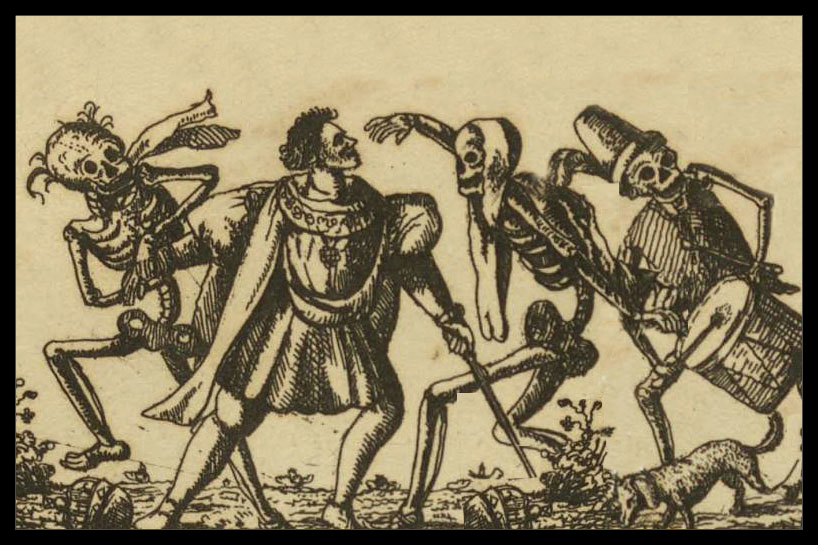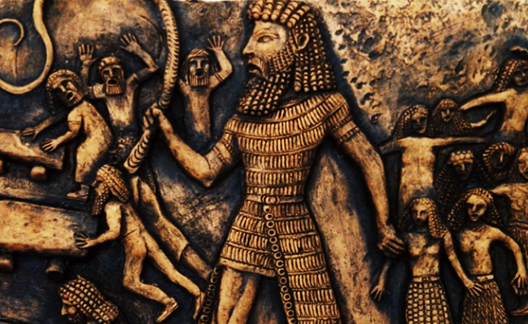I’d Tell the Whole Story of the Téméraire
I have written about Carl Rogers many times. He was a noted psychotherapist of the 20th century who developed client-centered therapy. He would begin his sessions by asking an open-ended question, which allowed the client to express his or her concerns. The therapist allowed the client to verbalize issues. The client came to a better understanding of things that were issues in that person’s life.
I use that technique in my essays. The only difference is that I am the therapist and the client. Therefore, essays are my attempt to understand what drives me. Last week, I wrote The Reason for Being. My dermatologist is expecting twins in less than two months. Therefore, I gave the twins a large night light and two of my favorite poems. The poems have been guardrails for me in my life.
I have read and reread both poems several times since seeing my dermatologist. Apparently, there was something still emotionally awry in my psyche. The following essay, Do Not Go Gentle into That Good Night, addressed what Dylan Thomas and I faced. That essay included the painting by William Turner, The Fighting Téméraire.

Carl Rogers would be proud of me even though I used the Rogerian style while being the therapist and client. However, that is not the end of providing psychotherapy for myself.
In a seemingly unrelated situation, I watched a decade-old James Bond 007 movie, Skyfall. I have watched that film a handful of times since seeing it in a theater. This clip shows 007 in a blue sportscoat, and Q is the young kid.

Watching that scene particularly brought back memories of my life. Issues like feeling dumb and poor, dancing with death, and my reason for being. Amid these flashbacks, I felt like Q sitting next to 007 at the National Gallery in London, looking at Turner’s The Fighting Téméraire. I sat where they sat, admiring Turner’s painting a decade ago. Nonetheless, I admire that painting daily. I have a copy of it next to another great artist Than Tun Oo. Than is a good friend of mine, and I commissioned him to do an oil painting of Ginger, my Irish Setter, and next to it is a pen and ink of me. The row below is one of the two oil paintings he painted of the teak bridge in Mandalay, Myanmar. The other painting is The Fighting Téméraire.

I have purchased around ten various types of paintings from Than, half of which are with my family in Myanmar. I had an essay that had a watercolor of each of my three granddaughters, but someone hacked into my webpage recently. I haven’t been able to restore that essay. However, on my last visit with my family, I discovered my great-granddaughter, A Ngal Lay, at Set Set Yo. This is a link to a video of discovering A Ngal Lay.
A half-century ago, I was a teaching assistant at Muskingum College. Muskingum had a ten-hour required course called the Arts. You could take it in your junior or senior year. I took it while I was a junior. Louie Palmer was the professor. Louie called me into his office at the end of the second semester. He saw something in me and asked me to be his teaching assistant the following year. During my senior year, I attended his lectures again, taught a half dozen sections each week, and wrote and graded the midterms and finals for both semesters. Talk about a transformative moment in my life. In the last quarter century, I have taught many art history classes. If given the opportunity, I’d teach art history pro bono because it changed my Weltanschauung.
Therefore, I can relate to Q. This is their brief dialog when Q and 007 starred at The Fighting Téméraire.
Q: “It always makes me feel a little melancholy. Grand old war ship, being ignominiously hauled away to scrap… The inevitability of time, don’t you think? What do you see?”
007: “A bloody big ship.”
My mind darted back to one of the poems I gave to one of the twins, soon to be born. It was Kipling’s If... I thought about what I would have said if I were Q about The Fighting Téméraire, considered the most outstanding in the UK by a British subject. Melancholy is undoubtedly a gross understatement.
I would have gone on longer than the movie itself. I would have mentioned the contrast of colors, especially the blues and yellows. The painting was also a contrast between the past and the present. A steam-driven tugboat pulled the HMS Téméraire to dry dock, where it will be cut up for scrap.
Additionally, I would talk about Turner’s artistic lie. Turner used his version of the literary term, poetic license. Pablo Picasso wrote about why painters can lie.
We all know that Art is not truth. Art is a lie that makes us realize truth, at least the truth that is given us to understand. The artist must know how to convince others of the truthfulness of his lies. If he only shows in his work that he has searched, and re-searched, for the way to put over lies, he would never accomplish anything.
Turner told a lie to communicate the truth. The British Navy was about to scrap their greatest ship. In reality, Turner lied twice. The funeral procession of Téméraire by Turner had the sun setting behind the ship. The sun would have been setting in front of the ship as the tug pulled it to the docks at Rotherhithe. Therefore, Turner reversed the place of the setting sun to paint the sunset of an old era. The new era was that of the Industrial Revolution. The other lie was that the Téméraire’s three masts had been cut down before being pulled to the dry dock.
In 2014, the movie Mr. Turner was released. This is a clip of Turner in a rowboat watching the Téméraire towed to the dry dock at Rotherhithe.
This is Skyfall’s trailer.
The next two video is about Turner’s paintings.
















